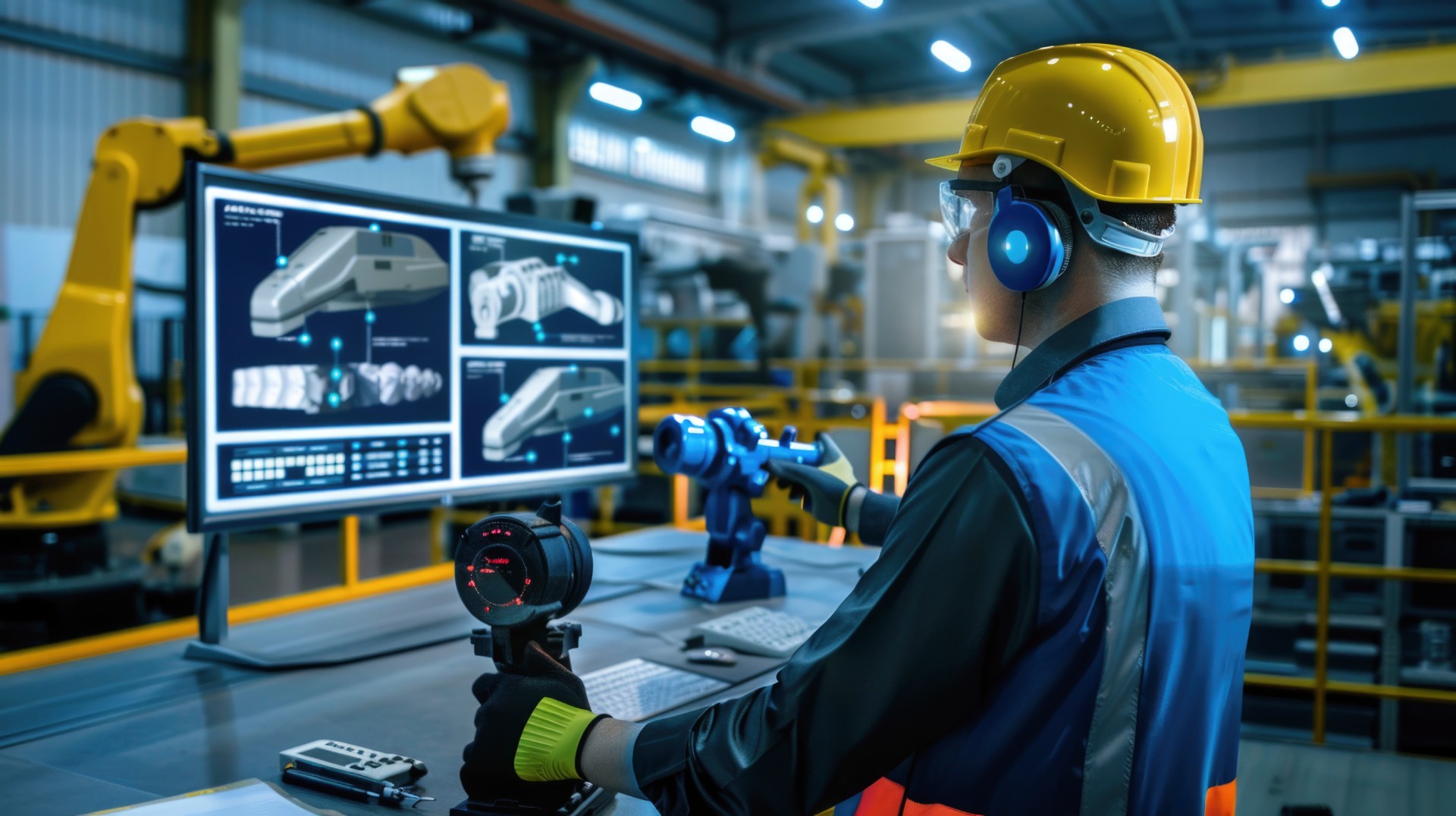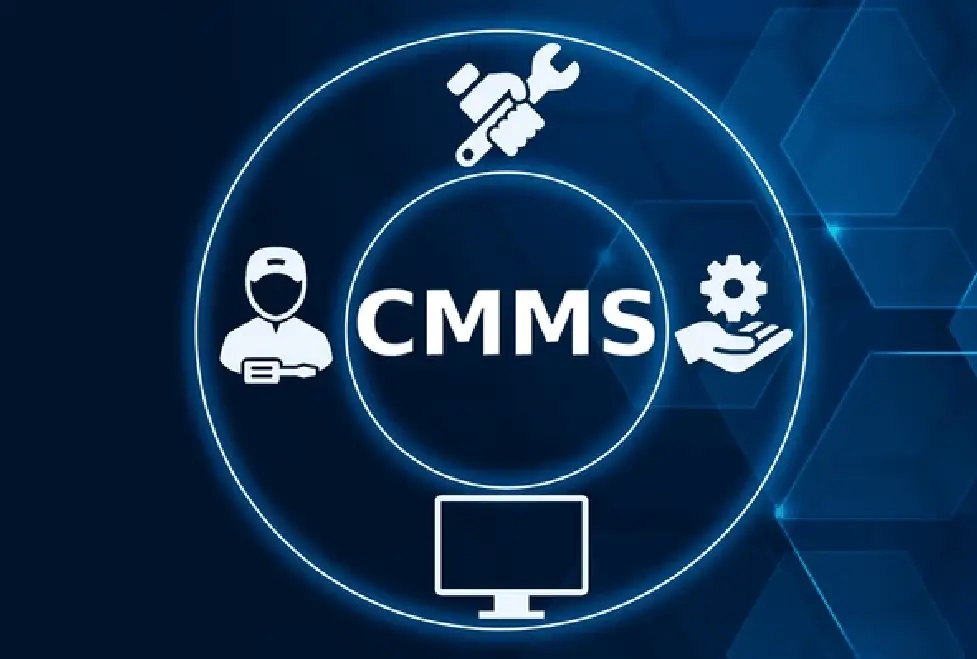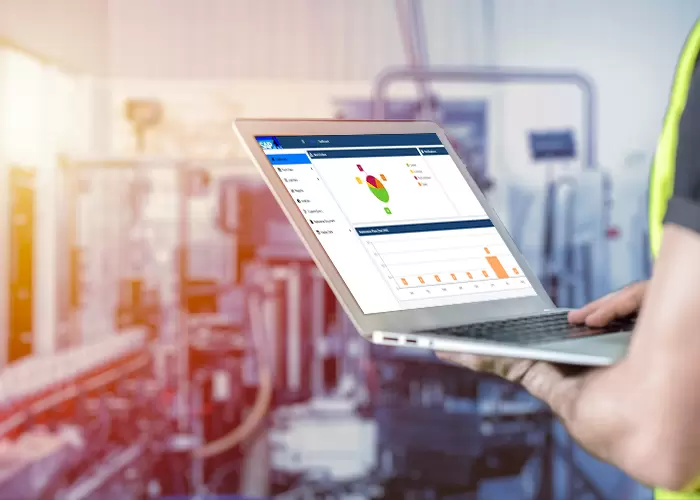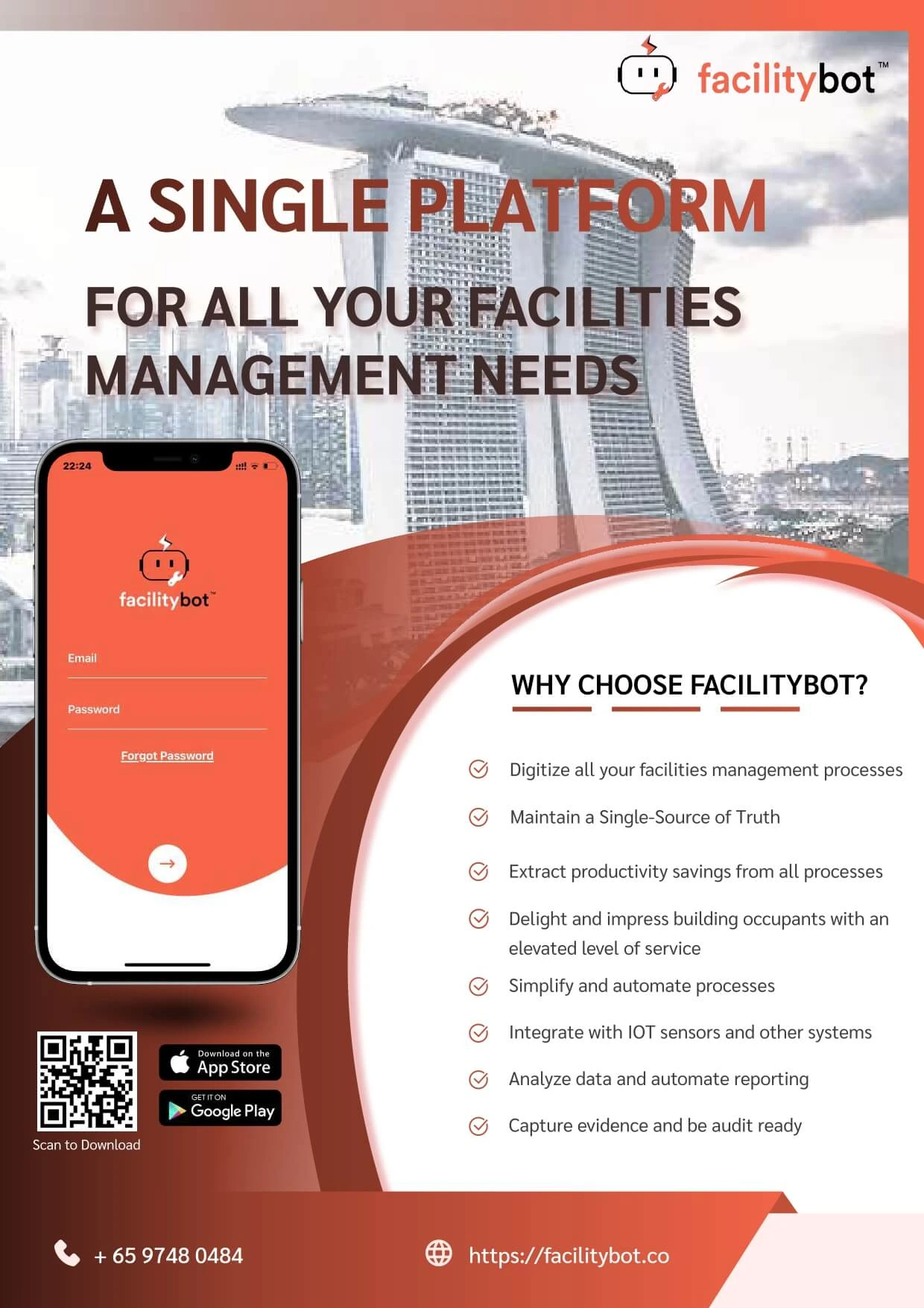In the fast-evolving world of facilities management, technology is reshaping how organizations maintain their assets, reduce downtime, and improve efficiency. Among these innovations, predictive maintenance in facility management stands out as one of the most impactful applications of artificial intelligence (AI).
Instead of relying on reactive repairs or rigid maintenance schedules, predictive maintenance leverages data, sensors, and AI algorithms to foresee equipment failures before they occur. This shift from reactive to proactive operations is helping facilities reduce costs, extend asset lifespans, and ensure smoother day-to-day performance.
In this article from facilitybot, we’ll explore what predictive maintenance is, how it works in AI-powered facility management, its benefits, challenges, and future outlook.
What is Predictive Maintenance in Facility Management?
Predictive maintenance (PdM) is a proactive approach to asset management that uses real-time data and AI models to anticipate when equipment will require servicing. Unlike preventive maintenance—which follows a fixed schedule—predictive maintenance focuses on the actual condition of assets.

For example, instead of replacing an HVAC filter every three months regardless of usage, sensors track air quality and system performance. AI then predicts the optimal time for replacement, avoiding both premature servicing and costly breakdowns.
In facility management, predictive maintenance can be applied to HVAC systems, elevators, lighting, electrical equipment, plumbing, and other critical infrastructure.
How Predictive Maintenance Works with AI?
The success of predictive maintenance in facility management relies on the integration of AI with sensors, IoT devices, and facility management software. The process generally follows these steps:

- Data Collection: IoT sensors gather data such as temperature, vibration, noise, energy consumption, and equipment performance.
- Data Analysis: AI algorithms analyze patterns in the data to detect anomalies or early signs of wear.
- Prediction Models: Machine learning models forecast the likelihood and timing of potential failures.
- Alerts & Scheduling: Facility management software automatically creates work orders or alerts staff before issues escalate.
- Continuous Learning: The system becomes more accurate over time as it processes additional data.
This AI-driven loop ensures facilities are maintained based on actual asset conditions rather than assumptions.
Benefits of Predictive Maintenance in Facility Management
The adoption of predictive maintenance brings numerous advantages for facility managers and organizations:
1. Reduced Downtime
Unexpected equipment failures can disrupt operations, reduce tenant satisfaction, and cause financial losses. Predictive maintenance minimizes these risks by addressing issues before they escalate.
2. Cost Savings
Facilities spend less on emergency repairs and unnecessary preventive maintenance. By servicing assets only when needed, organizations optimize budgets and reduce wasted resources.
3. Extended Asset Lifespan
AI helps identify early signs of stress or malfunction, allowing timely interventions that extend the useful life of assets like HVAC systems, elevators, and lighting.
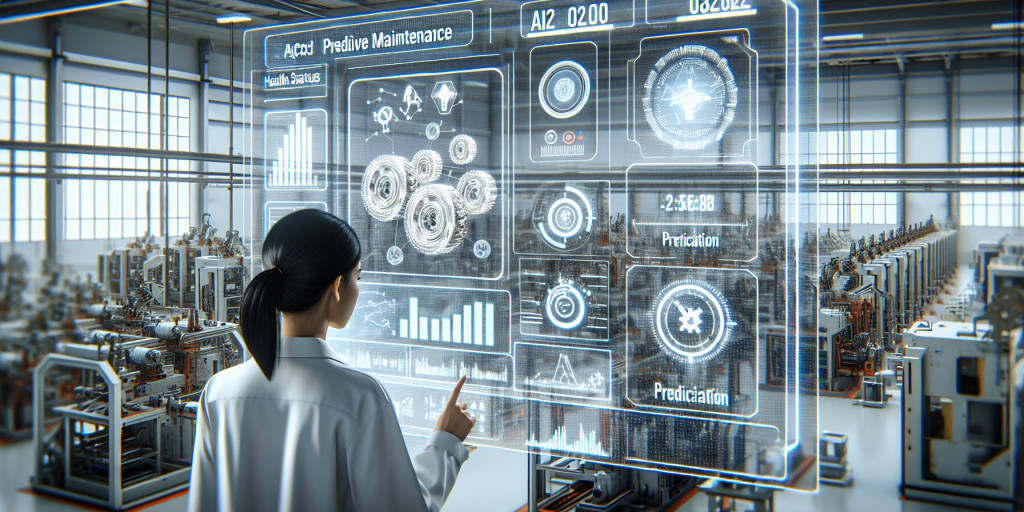
4. Improved Energy Efficiency
Faulty equipment often consumes more energy. Predictive maintenance ensures systems operate at peak efficiency, lowering utility bills and supporting sustainability goals.
5. Enhanced Tenant Experience
For tenants and employees, fewer breakdowns mean uninterrupted services, consistent comfort, and higher satisfaction with building operations.
Practical Applications in Facility Management
AI-powered predictive maintenance is already being applied across industries and facilities. Common use cases include:
- HVAC Systems: Monitoring airflow, energy usage, and temperature to prevent failures during peak seasons.
- Elevators & Escalators: Detecting unusual vibration or speed patterns to avoid breakdowns.
- Lighting Systems: Predicting bulb and circuit failures to maintain consistent illumination.
- Water & Plumbing Systems: Identifying leaks or pressure issues before they cause damage.
- Manufacturing Equipment: Keeping machinery in top condition for industrial facilities.
By embedding predictive maintenance into facility management software, managers gain real-time insights and can act proactively.
Predictive Maintenance vs Preventive Maintenance
It’s important to distinguish predictive maintenance from preventive maintenance, as both are widely used in facilities management.
- Preventive Maintenance: Scheduled at regular intervals, regardless of asset condition. Example: replacing filters every 90 days.
- Predictive Maintenance: Triggered by real-time asset data, predicting when service is actually needed. Example: replacing filters only when sensors indicate reduced airflow.
While preventive maintenance reduces risks, it can still lead to unnecessary servicing. Predictive maintenance is more efficient, cost-effective, and aligned with modern AI-driven facility management.
Challenges of Implementing Predictive Maintenance
Despite its benefits, predictive maintenance comes with some challenges:
- Upfront Investment: Installing IoT sensors and integrating AI-powered facility management software requires initial costs.
- Data Management: Collecting and analyzing massive amounts of real-time data can be complex.
- Integration Issues: Not all legacy systems are compatible with AI platforms.
- Skilled Workforce: Facility managers and technicians may need training to interpret AI-generated insights.
- Cybersecurity Risks: More connected devices mean higher risks of data breaches if not secured properly.
Organizations must carefully plan their predictive maintenance strategies to overcome these hurdles.
The Future of Predictive Maintenance in Facility Management
Looking forward, predictive maintenance will continue to evolve alongside advancements in AI, IoT, and cloud computing. Future trends include:
- Digital Twins: Creating virtual replicas of buildings and equipment to simulate performance and predict failures with greater accuracy.
- Automated Workflows: Facility management software automatically assigning technicians and generating optimized schedules.
- AR and VR Tools: Guiding technicians through maintenance tasks with augmented reality overlays.
- Self-Healing Systems: AI-enabled assets that automatically adjust and correct minor issues without human intervention.
By 2030, predictive maintenance could become the industry standard, with AI-powered systems replacing manual scheduling altogether.
Conclusion
In 2025, predictive maintenance in facility management is no longer a futuristic concept—it is a practical, cost-saving solution that organizations are increasingly adopting. By using AI and real-time data, facility managers can reduce downtime, cut costs, improve sustainability, and deliver better experiences to tenants and employees.
As AI technology matures, predictive maintenance will play a central role in transforming facility management from reactive operations into proactive, intelligent ecosystems. Forward-thinking organizations that embrace predictive maintenance today will be better positioned to compete and thrive in the future of smart facility management.
